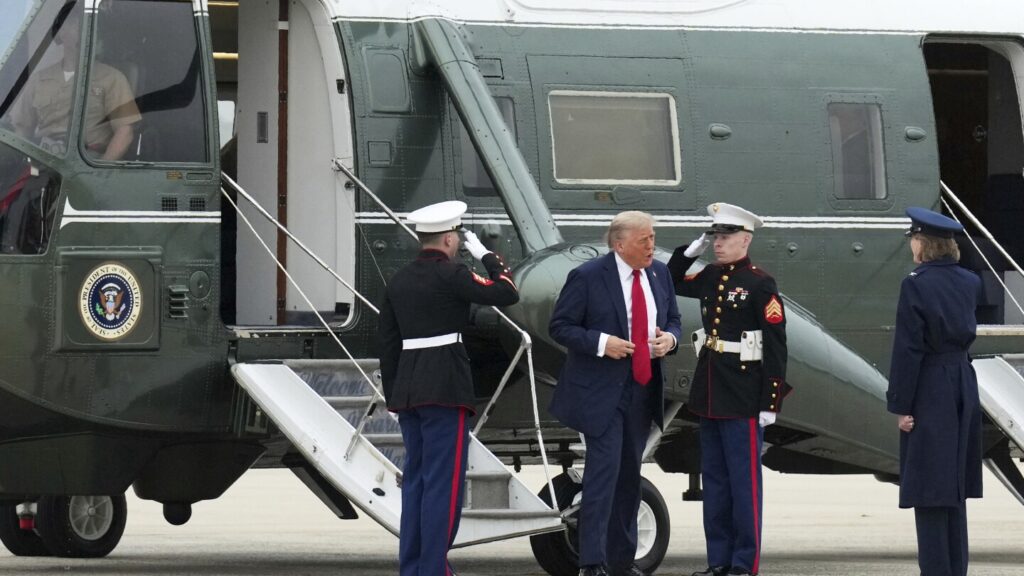At the upcoming G7 summit in Canada’s Rocky Mountains, world leaders aim to navigate a delicate balance amidst escalating tensions and global challenges. President Trump’s previous confrontations at the summit and his current imposition of severe tariffs on numerous nations set a backdrop of uncertainty. This year’s summit grapples with unresolved conflicts in Ukraine and Gaza, a burgeoning Israel-Iran clash, climate change, immigration issues, and the impact of emerging technologies like artificial intelligence. Trump’s stance on trade agreements remains firm, emphasizing the imposition of tariffs as a strategic move.
The absence of a joint statement this year underscores the Trump administration’s divergent approach, prioritizing unilateral decisions over consensus-building with fellow democracies. With the G7’s future at stake, leaders like U.K. Prime Minister Keir Starmer seek to cultivate positive relationships with Trump to mitigate potential outbursts. The White House’s ambiguity regarding its G7 objectives contrasts with the summit’s historical purpose of fostering global cooperation.
As Trump engages in bilateral meetings with world leaders during the summit, discussions are expected to center on trade tensions, particularly with Japan, the U.K., Canada, and Mexico. The administration’s tariffs, intended to counter China’s economic influence, face scrutiny for potentially isolating allies and undermining collaborative efforts against coercion. Amidst these complexities, the G7 summit serves as a critical platform for shaping international policies and addressing pressing global issues.

